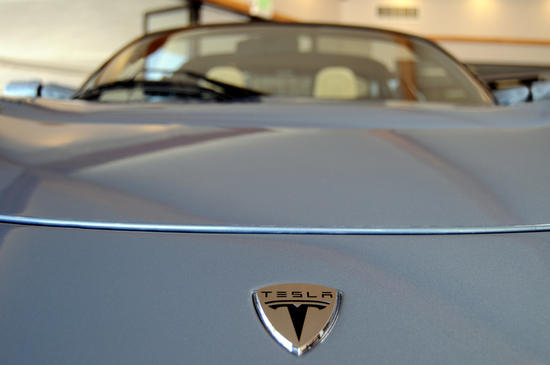The “China+1” manufacturing strategy, which encourages global firms to diversify production beyond China, has created a historic opportunity for Indian tech firms. Dixon Technologies, India’s largest electronics contract manufacturer, is capitalizing on this shift through strategic joint ventures (JVs) with Yuhai, Vivo, and HKC. These partnerships position Dixon to dominate India’s $100 billion smartphone-TV market while benefiting from regulatory tailwinds, cost advantages, and geopolitical realignments. Here’s why investors should pay close attention.
The China+1 Playbook: Dixon’s JV Blueprint
Dixon’s recent JVs with three key partners—Chongqing Yuhai, Vivo, and HKC—target distinct segments of India’s tech ecosystem, creating a vertically integrated manufacturing powerhouse.
- Yuhai JV: Precision Components & Supply Chain Resilience
Dixon’s 74%-owned joint venture with Chongqing Yuhai Precision Manufacturing focuses on producing high-precision components for laptops, smartphones, and automotive systems. This partnership, finalized in mid-2025, leverages Yuhai’s expertise in metal fabrication and Dixon’s manufacturing scale. By localizing supply chains for critical parts, Dixon reduces dependency on Chinese imports while meeting India’s “Make in India” mandates.
Dixon’s shares have surged 40% since Q3 2024, outperforming benchmarks amid JV announcements.
-
Vivo JV: Smartphone Manufacturing at Scale
With a 51% stake in its partnership with Vivo India, Dixon now produces 60–70 million smartphones annually in Noida. This venture not only serves Vivo’s domestic demand but also positions Dixon to capture export opportunities. Analysts note that 30% of Dixon’s smartphone output now targets U.S. markets (e.g., Motorola devices), benefiting from India’s lower labor costs (~6x cheaper than China) and favorable trade policies. -
HKC JV: Display Technology Leadership
Dixon’s pending joint venture with China’s HKC aims to establish India’s first large-scale display module manufacturing facility in Noida. Once operational (target: early 2026), it will produce low-cost panels for TVs, laptops, and smartphones. This moves Dixon into high-margin tech components and aligns with India’s Production-Linked Incentive (PLI) schemes, which offer tax breaks for domestic manufacturing.
Regulatory & Market Tailwinds
India’s tech sector is booming, with smartphone demand expected to hit 450 million units by 2027. Dixon’s JVs are directly supported by:
– PLI Schemes: Dixon has secured incentives under five PLI programs, including LED lighting and telecom equipment.
– FDI Rules: India’s restrictions on Chinese FDI force firms like HKC and Yuhai to partner with local entities, favoring Dixon’s established infrastructure.
– Pixel Catalyst: Analysts speculate that Dixon could soon win contracts to produce Apple’s iPhone in India, building on its existing smartphone capacity.
India’s smartphone market is projected to grow at 14% CAGR, with Dixon positioned to capture 30–40% of OEM manufacturing demand.
Valuation & Investment Thesis
Dixon’s stock trades at ~15x forward P/E, below its five-year average of 18x, despite accelerating growth. Key catalysts for revaluation include:
– HKC JV Approval: Regulatory clearance for the display venture (expected Q4 2025) would unlock ₹400 crore in new revenue streams.
– Export Growth: Dixon’s U.S. smartphone shipments (e.g., Motorola) are ramping up, with margins improving as scale economies kick in.
– Analyst Targets: Brokerages like ICICI Securities and Motilal Oswal have raised price targets to ₹1,200–1,300 (up ~25% from current levels).
Risks & Considerations
While Dixon’s JVs are strategically sound, risks include delays in HKC JV approvals and global demand softness in consumer electronics. However, the company’s strong cash flow (₹461 crore net profit in Q4 2025) and diversified customer base (Samsung, Xiaomi, Jio) mitigate these concerns.
Conclusion: Buy the China+1 Opportunity
Dixon Technologies is a prime beneficiary of India’s rise as a global manufacturing hub. Its JVs with Yuhai, Vivo, and HKC create a moat in smartphone, display, and precision components—sectors critical to the $100B+ tech ecosystem. With regulatory tailwinds, export growth, and undervalued shares, Dixon offers a compelling long-term investment. Investors should consider adding positions ahead of the HKC JV’s regulatory nod and potential iPhone contracts.
Consensus target of ₹1,250 implies 22% upside from current prices.


